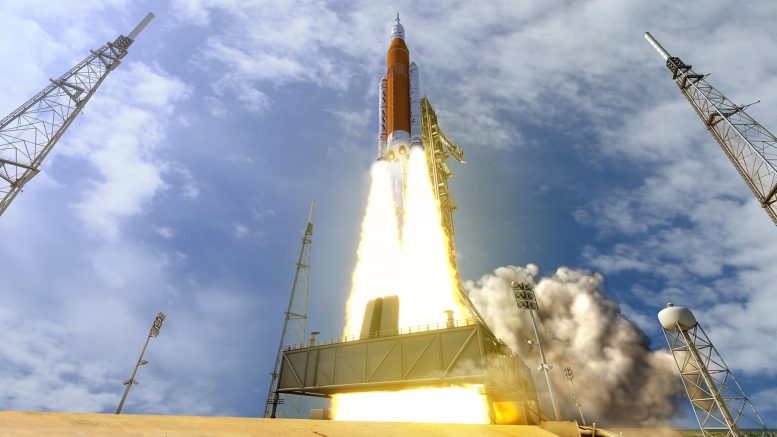
Three Artemis II astronauts recently visited NASA’s Michoud Assembly Facility to see the core stage for the Space Launch System. NASA’s SLS rocket will launch with Orion atop it from Launch Complex 39B at NASA’s modernized spaceport at Kennedy Space Center in Florida. Credit: NASA
Some Artemis II astronauts check out some flight hardware…
A mission that will map millions of galaxies…
And studying disturbances in the atmosphere…
A few of the stories to tell you about – This Week at NASA!
Artemis II Astronauts View SLS Core Stage at Michoud
During a recent visit to NASA’s Michoud Assembly Facility, NASA astronauts Reid Wiseman and Christina Koch, and Canadian Space Agency astronaut Jeremy Hansen, saw the core stage for the Space Launch System, or SLS rocket that will fly on Artemis II.
Late next year, the three astronauts and NASA’s Victor Glover will launch in an Orion spacecraft atop the SLS on Artemis II, the first crewed flight test for Artemis around the Moon and back.
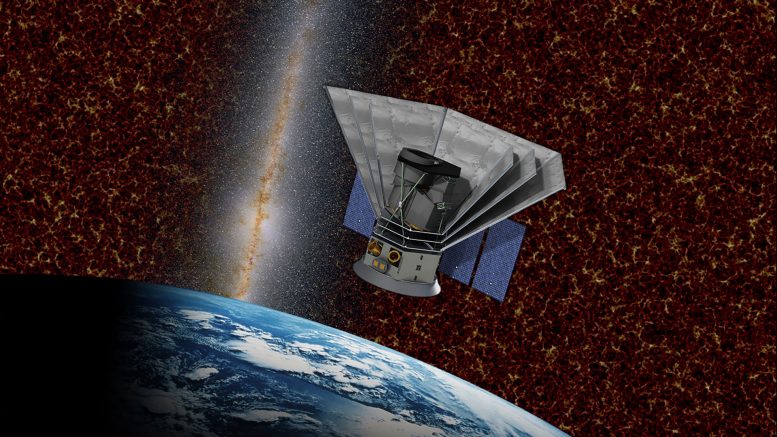
NASA’s Spectro-Photometer for the History of the Universe, Epoch of Reionization and Ices Explorer (SPHEREx) mission is targeted to launch in 2025. SPHEREx will help astronomers understand both how our universe evolved and how common are the ingredients for life in our galaxy’s planetary systems. Credit: Caltech
Building a Mission to Map Millions of Galaxies
NASA’s SPHEREx space telescope is beginning to take shape. The observatory, with its distinctive cone-shaped photon shields, will sweep over every section of the sky and survey hundreds of millions of galaxies.
The mission, which is targeted for launch no earlier than April 2025, will help scientists better understand where water and other key ingredients necessary for life originated, and will also create a map of the universe that far exceeds the color resolution of previous all-sky maps.
Space Station Experiment to Study Atmospheric Waves
NASA’s Atmospheric Waves Experiment was recently delivered to the International Space Station (ISS). It will track disturbances in our atmosphere known as atmospheric gravity waves, or AGWs.
At the mesopause, where the experiment will make its measurements, AGWs are revealed by colorful bands of light known as airglow. AGWs can also contribute to space weather – which can disrupt satellite and communications signals on and around Earth.
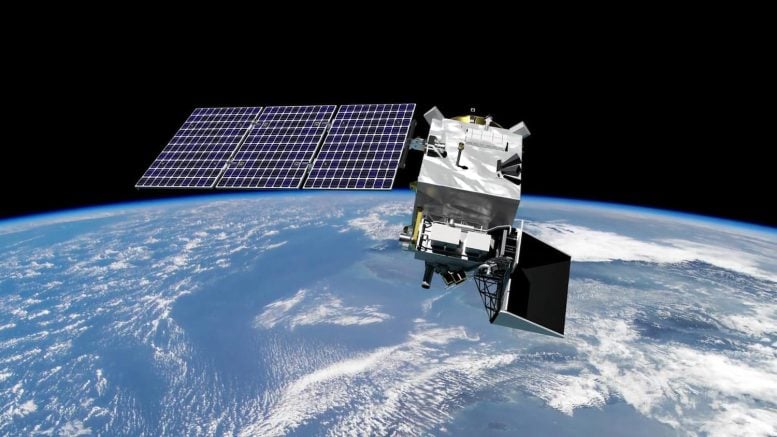
NASA’s PACE (Plankton, Aerosol, Cloud, ocean Ecosystem) spacecraft in orbit over Earth. The PACE observatory will help us better understand how the ocean and atmosphere exchange carbon dioxide, measure key atmospheric variables associated with air quality and Earth’s climate, and monitor ocean health, in part by studying phytoplankton, tiny plants, and algae that sustain the marine food web. Credit: NASA GSFC
Studying the Health of Earth’s Climate and Oceans
NASA’s PACE spacecraft recently arrived for prelaunch processing at the Astrotech Space Operations Facility near NASA’s Kennedy Space Center. PACE will help us better understand how the ocean and atmosphere exchange carbon dioxide, measure key atmospheric variables associated with air quality and Earth’s climate, and monitor ocean health. The mission is targeted for launch in 2024.
That’s what’s up this week @NASA.

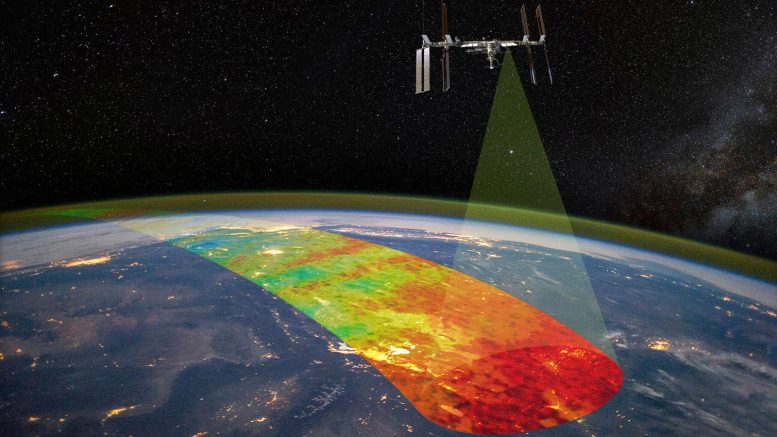

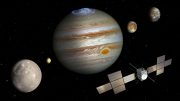


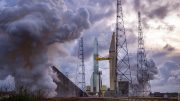
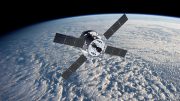


Be the first to comment on "This Week @NASA: Artemis II Astronauts View SLS Core, SPHEREx Space Telescope Takes Shape"